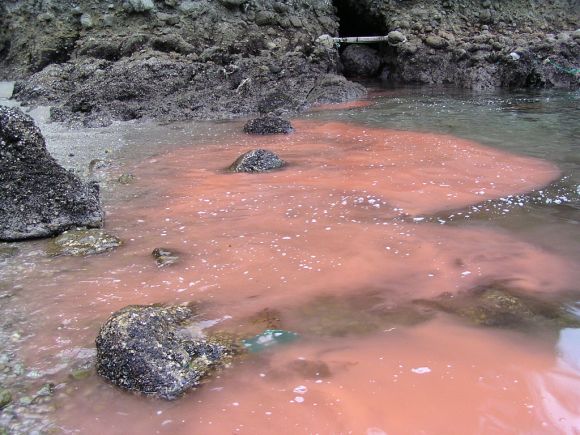
Japan is one of the cleanest countries you’ll encounter as a traveler. The inside of the bullet train is kept absolutely spotless, taxi drivers can be seen buffing their vehicles of dust and road grit while waiting for the next customer. Graffiti is rare here and men in jumpsuits are employed to scrape off gum and anything else adhered to train station floors. Glamorous and gleaming is the way the Japanese like things. Even diesel trucks are washed down in their terminals after a day on the roads.
So it’s no surprise that the city streets are litter-free, that public trash bins ask you to separate your refuse into burnable and non-burnable bins, or that the Japanese have a reputation for taking their garbage home with them when attending sporting events.
So it may have been a surprise to some of our readers when someone commented on the trashiness of Japanese beaches in response to my previous article on Japanese beach culture, saying: “The number one beach activity in Japan is actually turning it into a giant open dump, full or empty beer cans, cigarette buds, and plastics of all kinds. It’s a big paradox when you see how clean the streets are.”
While I can’t speak for other beaches, our public beach on Shiraishi Island is quite clean. Beach-goers clean up after themselves and take their garbage home with them. We regularly clean the beach of any stray debris that washes up, including P.E.T. bottles, plastic bags and cans.
But I think I know what our disgruntled reader was talking about. And it’s one of Japan’s biggest, dirtiest secrets that needs to be addressed.
While Japan is known for recycling garbage and having clean streets, there is one big secret that most people don’t know about.
▼Trash cans that are found in stations and in front of convenience stores in Japan ask you toss your waste into the appropriate bin: Cans & Bottles, Newspapers & Magazines, and All Others
▼At 7 a.m. on the way to Okayama Station, this coffee can in the gutter was the only piece of litter I could find!
▼As you can see, the water and beach on Shiraishi Island (where I live in the Seto Inland Sea), is sparkling clean.
You may not know it, but Japan has a garbage problem. Those who live here are well aware of the refuse constantly dumped on Mt. Fuji, a cultural World Heritage Site. As a matter of fact, because of Mt. Fuji’s garbage dispute, the sacred mountain did not qualify for status as a natural World Heritage Site when it was first nominated. After being turned down, it was resubmitted as a Cultural World Heritage Site instead, in which it qualified due to its significance to Japanese culture. Only now that it has become a World Heritage Site has the garbage predicament being tackled.
Other people are cleaning up Japan as well.
Mangetsuman is an individual who has taken it upon himself to clean some of the streets of litter in Tokyo.
▼Mangetsuman (Full Moon Man) volunteers his time to clean up streets and entertain people while doing so.
Greenbird is an NPO that has “teams” all over Japan of volunteers who go out and clean the streets of litter.
So it seems that Japan is doing a pretty good job with garbage on land. But what about the sea?
The truth is that the Seto Inland Sea is filthy. Sailors often have to dive into the water to untangle their engine propellers from floating plastic bags that get wrapped around the blades, freezing the shaft. Sailors, kayakers and fishermen see oil floating on top of the water as well as unbroken chains of garbage floating by on currents that are meant to bring plankton and seaweed to sea creatures to feed on.
This flotsam is regularly tossed up onto beaches that dot the Inland Sea. Take a look yourself:
Where is this? Shiraishi Island. And believe it or not, that video was taken on a pretty good day for that beach. I’ve seen it much worse.
▼Same beach, different day
These “angry beaches” as I call them, are all over the Seto Inland Sea. I’ve seen plastic car bumpers, old TVs, even a dead cat that have washed up here. But the majority of the plastic is P.E.T. bottles, something people know they can recycle.
Remember I told you Shiraishi Island has clean beaches? Well, we do. But we also have dirty ones. Our public beach is clean only because it faces West, and the sea’s current carries the dreck past it. With just a little effort, we can keep the beach garbage-free. But the East side of the island is different. Junk is deposited on that side of the island daily.
Japanese people who live in this area say most of the Inland Sea garbage comes from rivers on the mainland. When heavy rains, storms or typhoons fill the rivers, the water rushes down to the mouth at the Inland Sea. With it comes refuse that has been dumped into the rivers.
Who knows how long this plastic floats around the Inland Sea, or how many beaches it washes up on and off of, before it eventually empties out into the Pacific Ocean or the Japan Sea via one of three narrow straits that takes water in and out of the Inland Sea with the tides.
▼Even tiny pieces of plastic get hung up in the natural debris that washes up on shore.
Isn’t it illegal to dump into the rivers? Yes. It’s called fuhou touki (illegal dumping) and is subject to punishment.
In fact, water pollution control laws have been around since 1970. In 1973, the Environmental Agency implemented a Special Law for the Conservation of the Environment of the Seto Inland Sea, an area of Japan undergoing industrialization and thus degradation as a result of good economic times. The law was meant to improve water quality and the sea areas around reclaimed land used to build factories. The destruction of the marine environment had brought on “red tides,” (algae blooms) which resulted in a depletion of oxygen in the sea, which killed off much of the fish population. Wow! Right?
But most laws against water pollution in Japan are aimed at industrial waste. The problem these days is household waste and little is being done to address this.
Beach clean-ups are common in Japan. We even have them on our island.
▼Students from a local school come to clean up Shiraishi Island’s beaches.
▼After the beach clean up. Natural rubbish is a part of nature’s ecosystem and will decay on its own.
The fishermen clean the beaches on the island every year on Sea Day, the third Monday of July. But the sad thing is, these cleaned beaches will only last a day, because more junk will be washed up almost immediately. So, no matter how often the beach is cleaned, it’s never clean.
While beach cleaning activities increase awareness, it ignores the cause of the problem: people. People are illegally dumping garbage into the sea!
▼A full moon rises over Shiraishi Island. It is a bitter-sweet reminder that the full moon tides bring the most debris to our beaches.
The tides are highest at a full moon.
▼The high tide mark on the beach after a full moon.
It was this beach in the video that made me go off plastic. I’m happy to say I’ve been plastic-free for two years now. This is not to say that I don’t occasionally have to use it. But I don’t choose it. I’ve also curbed my addictions to Styrofoam, cheap products and cheap energy. And you can too.
The dilemma with plastics is that even when properly disposed of, they are not biodegradable. And no one really knows what happens to their garbage after it has been disposed of. After all, there would have to be tens of thousands of households dumping their waste into rivers to fill up the Inland Sea with the amount of rubbish it has. I don’t believe for a moment that it’s the fault of just a few individuals.
▼Plastics and other non-biodegradables just lie there, then go to a different beach and lie there, forever on a permanent beach vacation.
While I commend our RocketNews24 reader on bringing up the point that Japan’s beaches are full of garbage, and for prompting me to write an article about it, I disagree with the commenter about one thing. It’s not just beer cans, cigarette butts and plastic that is littering the beach. It’s all kinds of everything! We are all to blame.
Beer drinkers,
coffee drinkers,
tea drinkers
and 7-11 patrons.
Those who eat candy,
popsicles,
and the instant food brigade.
Those who wash their hair,
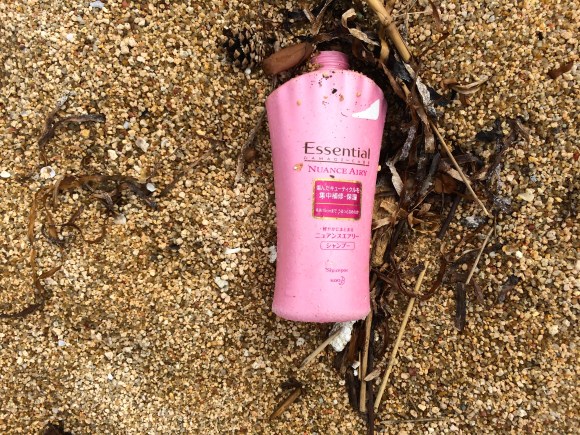
or plant flowers.
People with fresh breath,
people who wash their clothes,
and people who tie up their boxes for shipping.
Those who use plastic containers,
Those who eat fast food,
even those who (gasp!) drink milk.
In other words, it’s everybody. And only we can take responsibility for the garbage we produce. Remember, this is just one of the many beaches on one of over 700 hundred islands in Japan’s Seto Inland Sea.
Since Japan seems to be doing little towards remedying water pollution, I thought I’d introduce at least one idea that could help. Here is a device I saw recently in Australia, invented to help combat river flotsam. And it seems to work.
▼Melbourne’s “litter traps” collect floating garbage before it becomes a menace.
The litter doesn’t come from people tossing it into the river–it comes from street litter getting diverted into the river through storm drains (yep, during heavy rains, storms, and cyclones).
▼Signs near each trap explain: “This litter trap is one of 17 [placed] at the most effective collection points.”
Why isn’t anything being done in Japan? Good question!
Most people don’t realize the problem is as big as it is, or they’ve come to think it is normal. When people’s reaction to garbage in the sea is: “It comes from the rivers,” or “It’s because of the rain,” you know there is a problem. That’s just twisted thinking! The garbage problem comes from people (not the rivers) and it’s because of people (not the rain).
Or maybe, they just don’t know what to do about it. Perhaps Japan needs suggestions from people like you. After all, this is a world-wide issue being tackled by other countries as well. How does your country deal with the sea pollution?
My second guess at the reason nothing is being done is that people have yet to demand change. And this is where you can help.
If you love Japan like I do, you won’t allow this to continue. Let’s show Japan that we care about her rivers and seas. Demand change by taking the first step: share this article with your friends and on social media. Give your opinions on the subject.
Be proactive! Japan will thank you for it.
Feature Image: Wikimedia (Noctiluca in Nagasaki)
All other images Amy Chavez/RocketNews24 (unless specified)

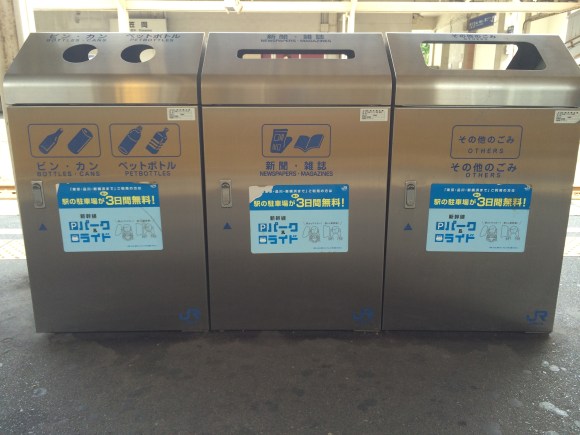
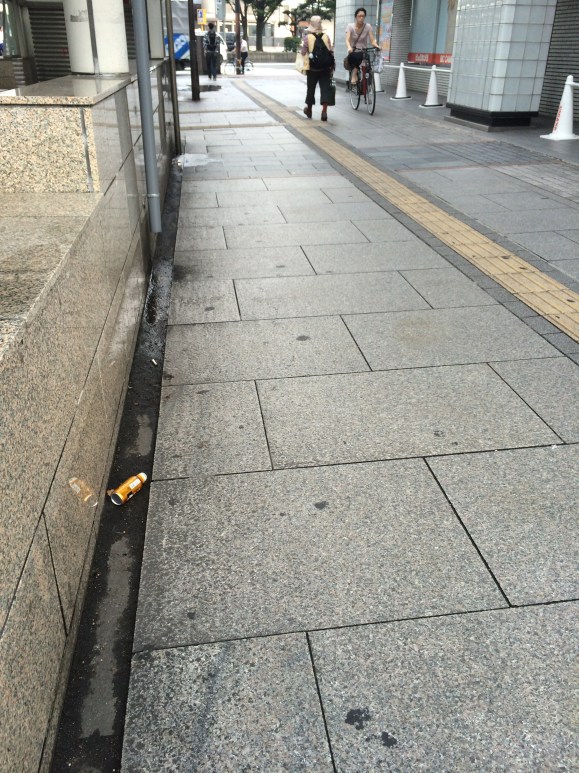
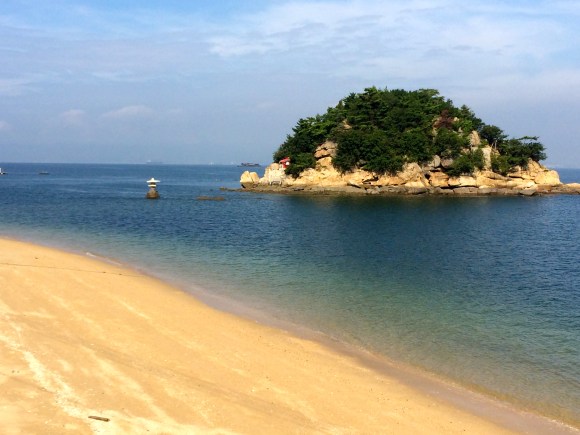
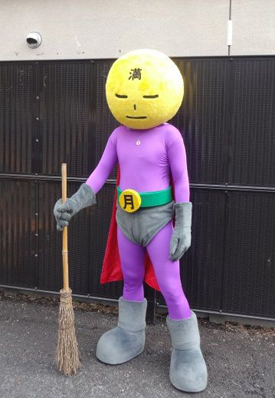 Mangetsuman
Mangetsuman
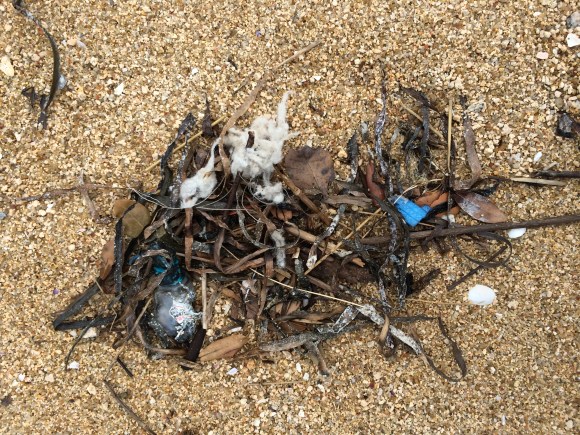
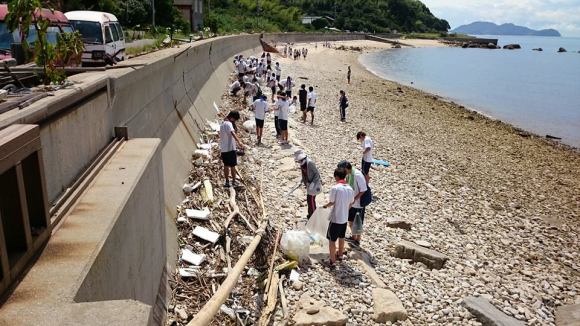
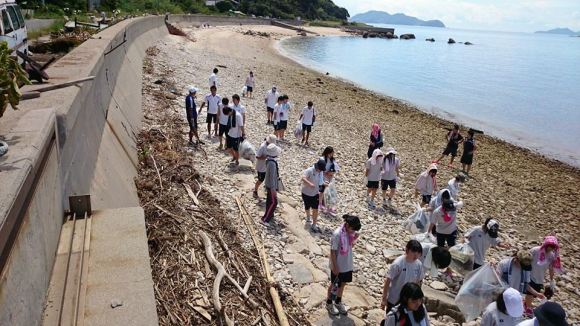
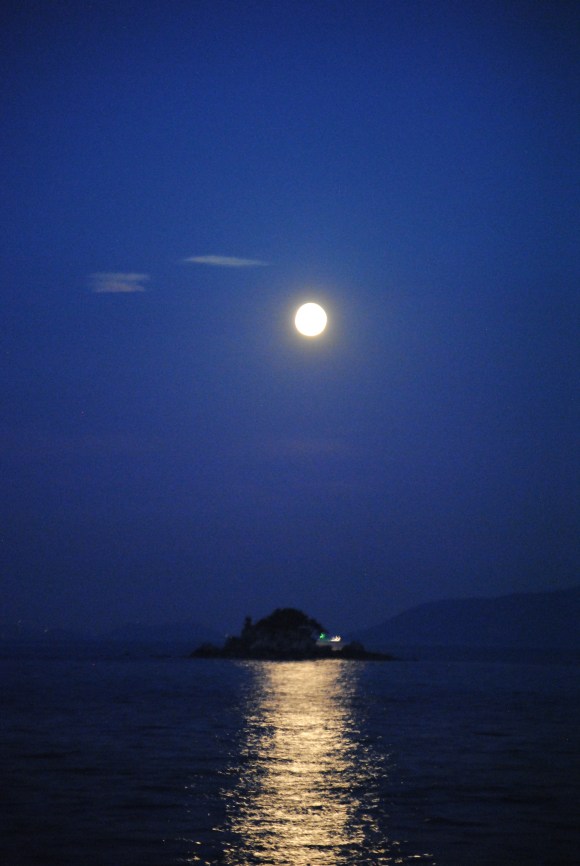
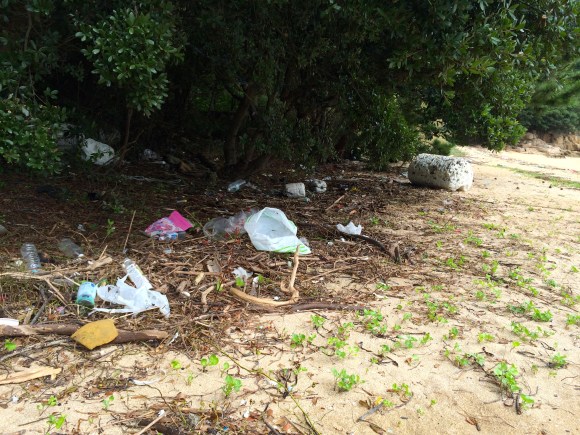
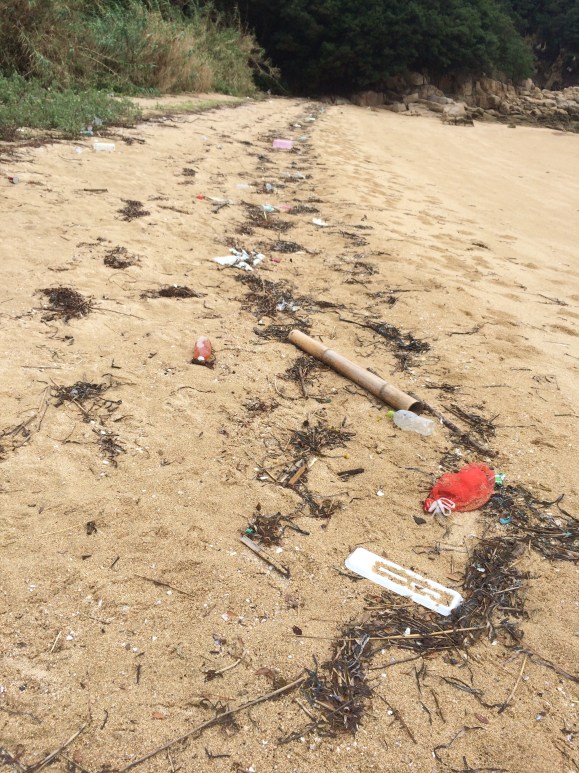
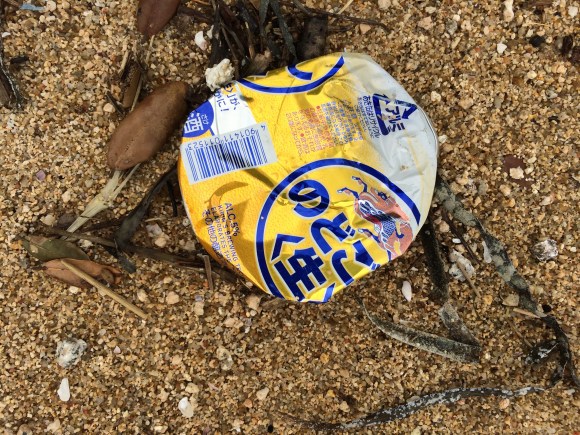
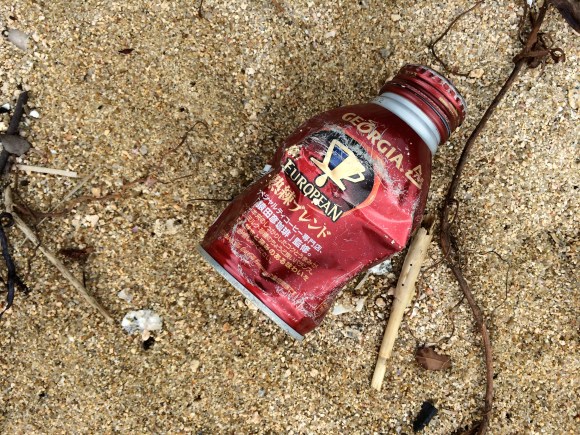
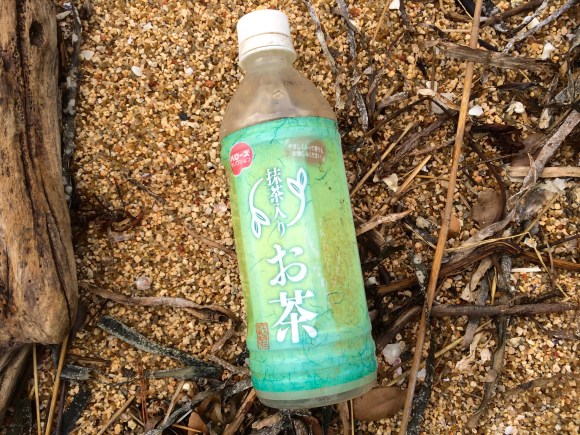
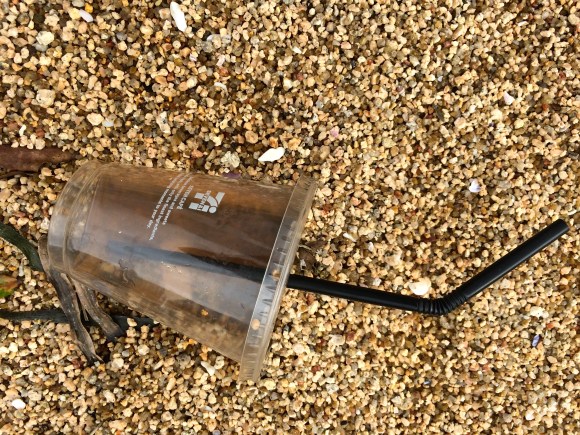
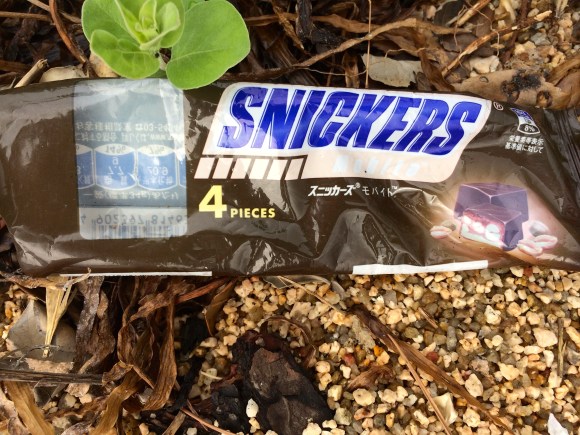

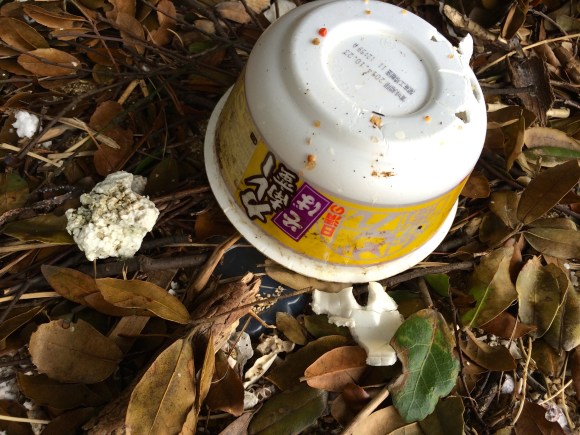
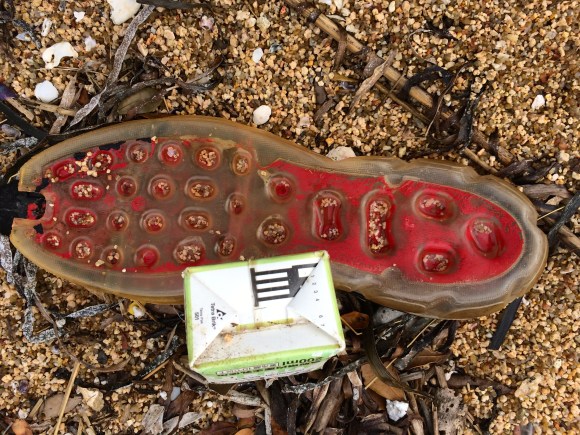
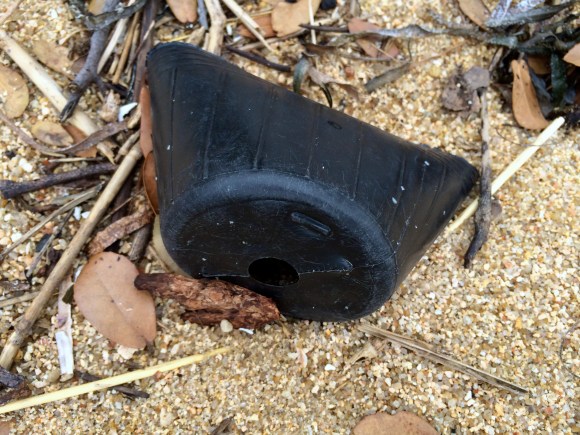
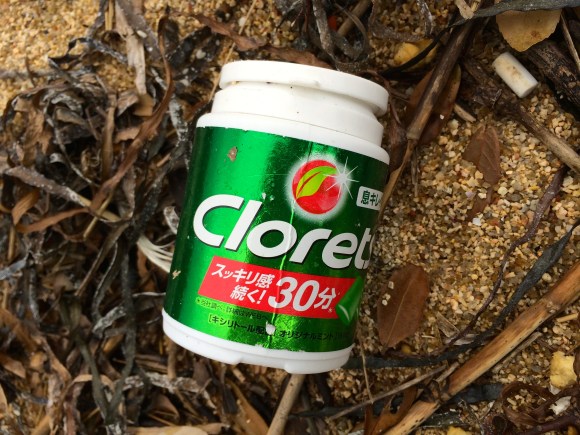
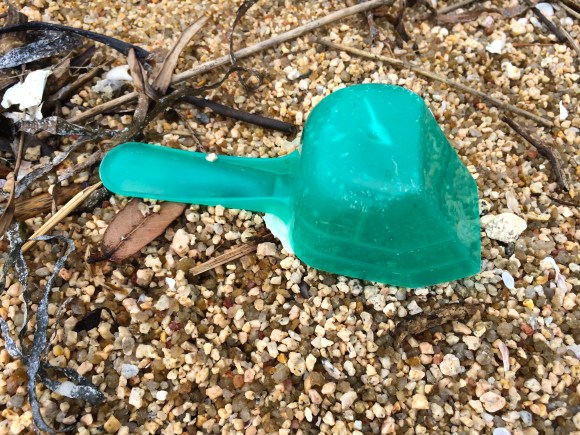
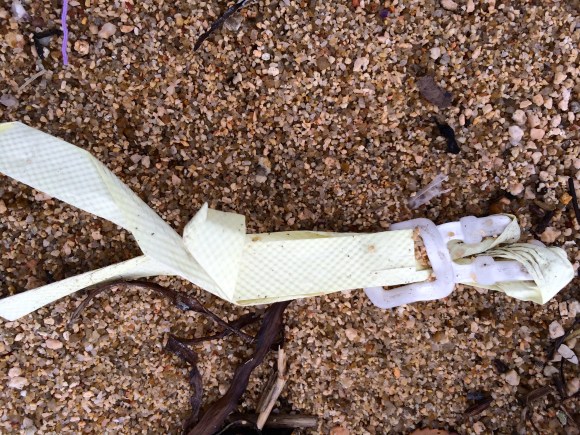
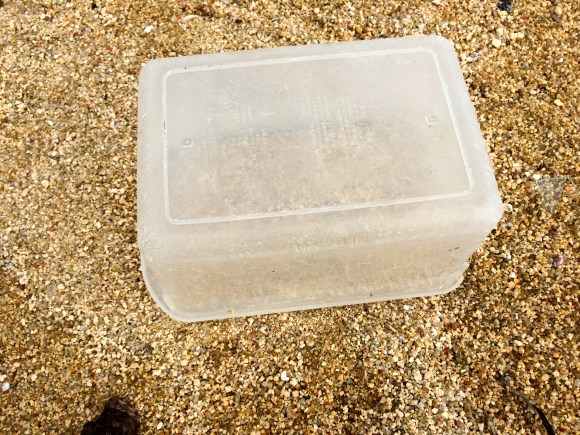
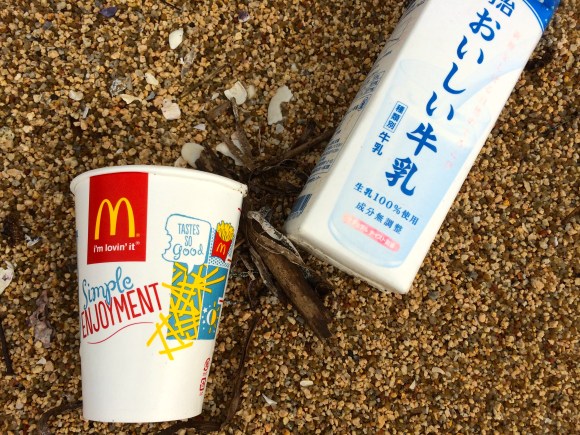
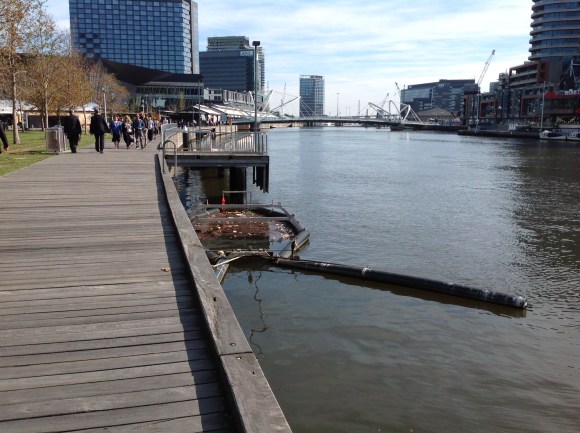
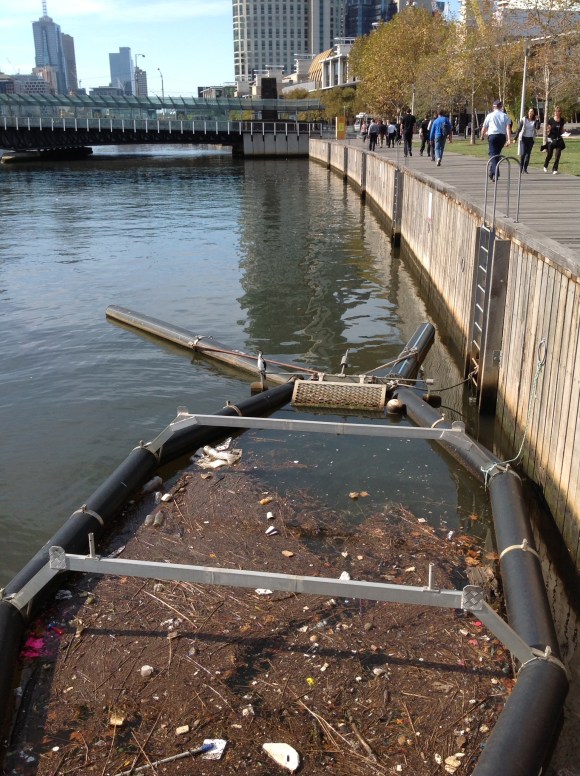
 Creepy creatures from the seabed that you can eat!【Taste Test】
Creepy creatures from the seabed that you can eat!【Taste Test】 We bicycle around Kitagi, island of goats, pizza and the Vagina Rock【Photos】
We bicycle around Kitagi, island of goats, pizza and the Vagina Rock【Photos】 Volunteers cleaned up 45 tons of garbage from Manila Bay beach, restored it to its former glory
Volunteers cleaned up 45 tons of garbage from Manila Bay beach, restored it to its former glory We go octopus hunting, learn how to turn octopus heads inside-out
We go octopus hunting, learn how to turn octopus heads inside-out Wacky Japanese beach culture: A ton of fun in the sun!
Wacky Japanese beach culture: A ton of fun in the sun! Japan’s EF English Proficiency Index rank drops for 11th straight year, hits lowest ever
Japan’s EF English Proficiency Index rank drops for 11th straight year, hits lowest ever KFC Japan opens a Christmas restaurant in Tokyo…but why???
KFC Japan opens a Christmas restaurant in Tokyo…but why??? Chinese government’s don’t-go-to-Japan warning has heartwarming non-effect on Yokohama Chinatown
Chinese government’s don’t-go-to-Japan warning has heartwarming non-effect on Yokohama Chinatown Burger King Japan’s newest all-you-can-eat burger deal is its smelliest yet
Burger King Japan’s newest all-you-can-eat burger deal is its smelliest yet Shinjuku Station’s new mascot character gets lost at the station, in more ways than one
Shinjuku Station’s new mascot character gets lost at the station, in more ways than one We tried all seven of Muji’s new “Bento of the Day” boxed lunch sets
We tried all seven of Muji’s new “Bento of the Day” boxed lunch sets An up-close look at one of Japan’s five Ryuseito swords, forged from meteorites【Photos】
An up-close look at one of Japan’s five Ryuseito swords, forged from meteorites【Photos】 Pronunciation anxiety: many Japanese people don’t want to speak English unless it’s “perfect”
Pronunciation anxiety: many Japanese people don’t want to speak English unless it’s “perfect” Japan’s human washing machines will go on sale to general public, demos to be held in Tokyo
Japan’s human washing machines will go on sale to general public, demos to be held in Tokyo English language education in Japan: Are native speakers essential?
English language education in Japan: Are native speakers essential? Japanese train company is letting fans buy its actual ticket gates for their homes
Japanese train company is letting fans buy its actual ticket gates for their homes Yoshinoya adds first-ever chain-wide ramen with new beef and pork-broth noodle hot pot meals
Yoshinoya adds first-ever chain-wide ramen with new beef and pork-broth noodle hot pot meals KFC Japan introduces a new burger 8 years in the making
KFC Japan introduces a new burger 8 years in the making New fish discovered and named “Vanderhorstia supersaiyan” for obvious reasons
New fish discovered and named “Vanderhorstia supersaiyan” for obvious reasons Is China’s don’t-go-to-Japan warning affecting tourist crowd sizes in Nara?
Is China’s don’t-go-to-Japan warning affecting tourist crowd sizes in Nara? Studio Ghibli stamps lift your spirits with motivational phrases from Totoro
Studio Ghibli stamps lift your spirits with motivational phrases from Totoro Is China’s don’t-go-to-Japan warning affecting tourist crowds in Shibuya’s Don Quijote?
Is China’s don’t-go-to-Japan warning affecting tourist crowds in Shibuya’s Don Quijote? Starbucks Japan unveils new Christmas goods and a rhinestone tumbler that costs 19,500 yen
Starbucks Japan unveils new Christmas goods and a rhinestone tumbler that costs 19,500 yen Is Kyoto less crowded with tourists after China’s don’t-go-to-Japan warning?【Photos】
Is Kyoto less crowded with tourists after China’s don’t-go-to-Japan warning?【Photos】 Real-world Nausicaa Ghibli anime glider completes its final flight in Japan【Video】
Real-world Nausicaa Ghibli anime glider completes its final flight in Japan【Video】 Brand-new Pokémon park opens in Japan with larger-than-life-size Lapras【Photos】
Brand-new Pokémon park opens in Japan with larger-than-life-size Lapras【Photos】 Unique inclined elevator in Japan leads to a town that inspired Studio Ghibli’s Spirited Away
Unique inclined elevator in Japan leads to a town that inspired Studio Ghibli’s Spirited Away Is China’s don’t-go-to-Japan warning affecting tourist crowds in Tokyo’s Asakusa neighborhood?
Is China’s don’t-go-to-Japan warning affecting tourist crowds in Tokyo’s Asakusa neighborhood? The 10 best day trips from downtown Tokyo【Survey】
The 10 best day trips from downtown Tokyo【Survey】 Naturally brown-haired Osaka student sues government for forcing her to dye her hair black
Naturally brown-haired Osaka student sues government for forcing her to dye her hair black Tokyo hotel lets you make your stay a Sanrio one with special My Melody and Kuromi rooms【Pics】
Tokyo hotel lets you make your stay a Sanrio one with special My Melody and Kuromi rooms【Pics】 Survey asks foreign tourists what bothered them in Japan, more than half gave same answer
Survey asks foreign tourists what bothered them in Japan, more than half gave same answer Japan’s deadliest food claims more victims, but why do people keep eating it for New Year’s?
Japan’s deadliest food claims more victims, but why do people keep eating it for New Year’s? We deeply regret going into this tunnel on our walk in the mountains of Japan
We deeply regret going into this tunnel on our walk in the mountains of Japan Studio Ghibli releases Kodama forest spirits from Princess Mononoke to light up your home
Studio Ghibli releases Kodama forest spirits from Princess Mononoke to light up your home Major Japanese hotel chain says reservations via overseas booking sites may not be valid
Major Japanese hotel chain says reservations via overseas booking sites may not be valid Put sesame oil in your coffee? Japanese maker says it’s the best way to start your day【Taste test】
Put sesame oil in your coffee? Japanese maker says it’s the best way to start your day【Taste test】 The top 10 annoying foreign tourist behaviors on trains, as chosen by Japanese people【Survey】
The top 10 annoying foreign tourist behaviors on trains, as chosen by Japanese people【Survey】 No more using real katana for tourism activities, Japan’s National Police Agency says
No more using real katana for tourism activities, Japan’s National Police Agency says J-pop mega star Ado reveals she’s been living in the U.S., may not understand language acquisition
J-pop mega star Ado reveals she’s been living in the U.S., may not understand language acquisition Why French tourists are flocking to a tiny island of 230 people in Japan’s Inland Sea
Why French tourists are flocking to a tiny island of 230 people in Japan’s Inland Sea Fujisawa Enoshima Fireworks Festival results in one ton of garbage strewn on the beach
Fujisawa Enoshima Fireworks Festival results in one ton of garbage strewn on the beach China’s polluted rivers can be surprisingly pretty, but might turn you into a mutant
China’s polluted rivers can be surprisingly pretty, but might turn you into a mutant 8 Reasons Japan is so clean: the wa of cleanliness
8 Reasons Japan is so clean: the wa of cleanliness Yayoi Kusama’s Yellow Pumpkin washed away during typhoon in Japan
Yayoi Kusama’s Yellow Pumpkin washed away during typhoon in Japan Five things you need to know about Obon–one of Japan’s biggest holidays 【Videos & more】
Five things you need to know about Obon–one of Japan’s biggest holidays 【Videos & more】 A heavenly trip to Japan’s Demon Island in the Seto Inland Sea【Photos】
A heavenly trip to Japan’s Demon Island in the Seto Inland Sea【Photos】 Japan’s top 3 rock “power spots”
Japan’s top 3 rock “power spots” Bath noodles — Do you know about this strange Japanese bathing custom?
Bath noodles — Do you know about this strange Japanese bathing custom? Japan’s top sakura cherry blossom viewing spots littered with trash after hanami picnics
Japan’s top sakura cherry blossom viewing spots littered with trash after hanami picnics Sumida River Fireworks Festival aftermath: Not everyone in Japan has perfect manners after all
Sumida River Fireworks Festival aftermath: Not everyone in Japan has perfect manners after all Better than mosquito repellent – The most eco-friendly (and spiritual) way to repel pests in Japan
Better than mosquito repellent – The most eco-friendly (and spiritual) way to repel pests in Japan Japan’s pit toilets: An in-depth look
Japan’s pit toilets: An in-depth look How many have you seen? 18 must-visit sites in Japan 【World Heritage】
How many have you seen? 18 must-visit sites in Japan 【World Heritage】 Stray animals, trash cans and national dress: 10 things you probably never realised about Japan
Stray animals, trash cans and national dress: 10 things you probably never realised about Japan
Leave a Reply